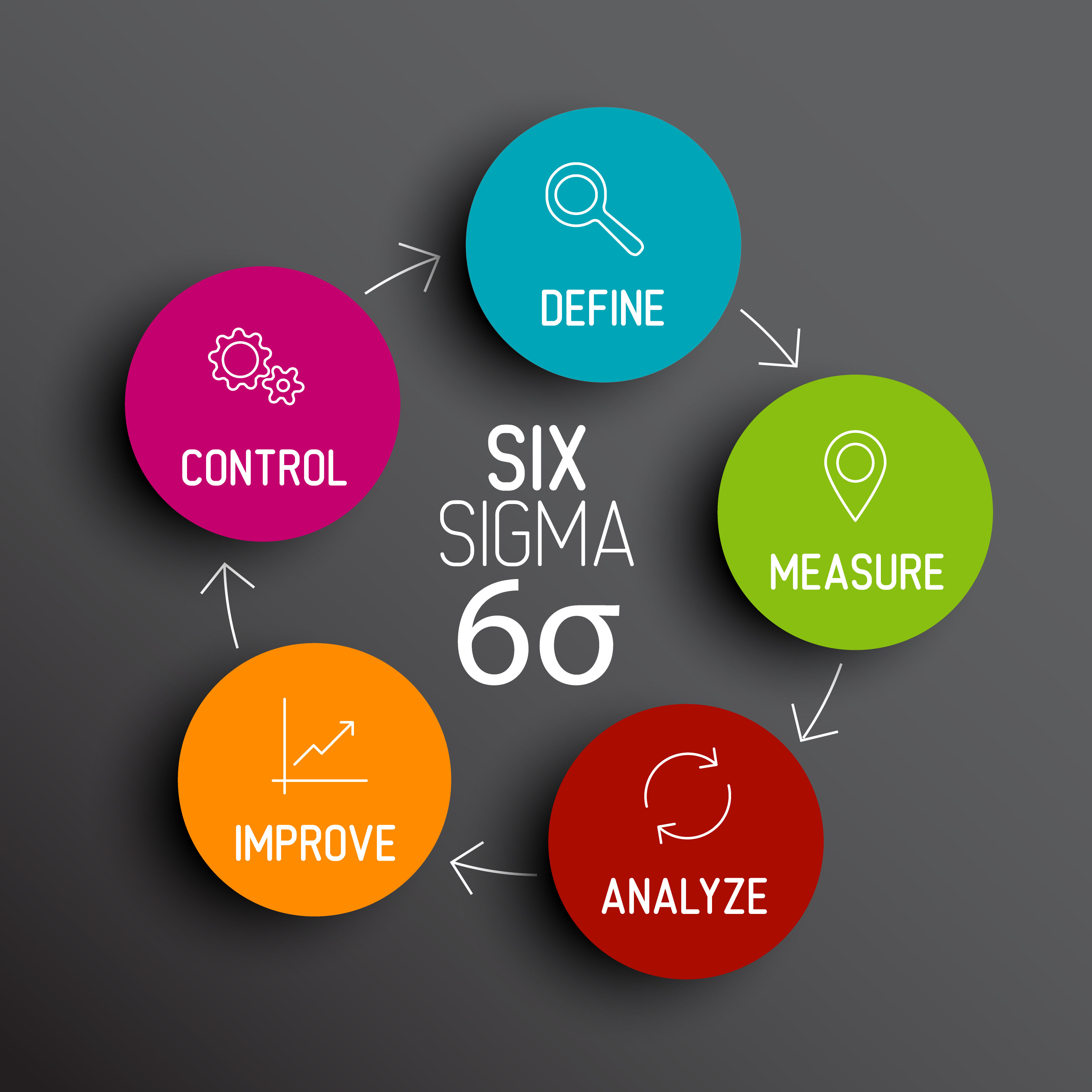 A few of my more mischievous clients like to tease me about being a Six Sigma Lean Black Belt. Honestly, most people have no idea what I’m even talking about when I announce that title, so for those of you who are too polite to tease but would like to know what that means, here we go:
A few of my more mischievous clients like to tease me about being a Six Sigma Lean Black Belt. Honestly, most people have no idea what I’m even talking about when I announce that title, so for those of you who are too polite to tease but would like to know what that means, here we go:
Six Sigma is a management philosophy created by Motorola in 1986 and adopted by General Electric in 1995. It sets extremely high objectives for the reduction of defects in products and services. This involves measuring how many defects are in a process so you can figure out how to systematically eliminate them and strive for perfection. To achieve Six Sigma, a company cannot produce more than 3.4 defects per million opportunities. An opportunity is defined as a chance for nonconformance.
There are two Six Sigma processes used: The first, Six Sigma DMAIC is a process that Defines, Measures, Analyzes, Improves, and Controls existing processes that fall below the Six Sigma specification. The second, Six Sigma DMADV Defines, Measures, Analyzes, Designs, and Verifies new processes or products that are trying to achieve Six Sigma quality.
This brings us to my unique title. The Key roles of Six Sigma participants are referred to by belt colors, just as in martial arts. The color of the belt denotes the level, skills, and responsibility of the individual within the framework.
So yes, technically, I am a Black Belt, but sadly, no, there will be no martial arts involved. Now, I just need to convince everyone that my Scrum Master title does not mean I play rugby!
Danielle VanZorn, PMP, SPHR, SHRM-SCM, CMS



